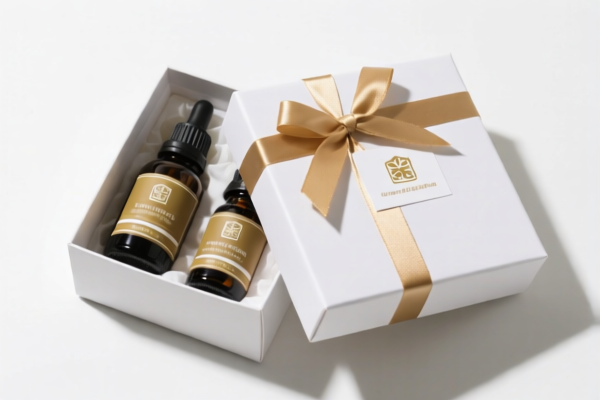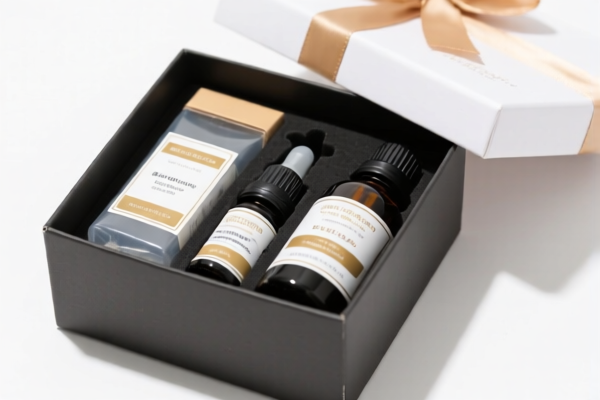| HS Code | Official Doc | Tariff Rate | Origin | Destination | Effective Date |
|---|---|---|---|---|---|
| 3301295111 | Doc | 37.5% | CN | US | 2025-05-12 |
| 3301295109 | Doc | 37.5% | CN | US | 2025-05-12 |
| 3307900000 | Doc | 60.4% | CN | US | 2025-05-12 |
| 3307490000 | Doc | 61.0% | CN | US | 2025-05-12 |
| 4205008000 | Doc | 55.0% | CN | US | 2025-05-12 |
| 4202924500 | Doc | 75.0% | CN | US | 2025-05-12 |
| 4202929700 | Doc | 72.6% | CN | US | 2025-05-12 |
| 3926903300 | Doc | 36.5% | CN | US | 2025-05-12 |
| 3923210095 | Doc | 58.0% | CN | US | 2025-05-12 |
| 3923900080 | Doc | 58.0% | CN | US | 2025-05-12 |




Aromatherapy Bag
An aromatherapy bag is a small, typically fabric pouch containing aromatic plant materials used for therapeutic benefit through inhalation.
Material:
- Fabric: Commonly made from natural, breathable fabrics like cotton, linen, muslin, or silk. These allow the aroma to permeate.
- Fillings: The core of the bag consists of dried aromatic plants. Common ingredients include:
- Herbs: Lavender, chamomile, rose petals, mint, rosemary, lemon balm.
- Woods: Cedarwood chips, sandalwood powder.
- Spices: Cloves, cinnamon, star anise.
- Resins: Frankincense, myrrh.
- Flower petals: Rose, jasmine, hibiscus.
- Other: Rice (as a filler and heat retainer), flax seeds.
Purpose:
The primary purpose is to deliver therapeutic benefits through the sense of smell. Aromatherapy is believed to influence mood, reduce stress, improve sleep, alleviate pain, and promote overall well-being. Specific benefits depend on the plant materials used.
Function:
The bag functions by slowly releasing aromatic compounds into the air. These compounds interact with the olfactory system, triggering responses in the brain associated with emotion, memory, and physiological functions.
Usage Scenarios:
- Sleep Aid: Lavender-filled bags are often placed near pillows to promote relaxation and sleep.
- Stress Relief: Bags with chamomile or rose can be used in meditation or kept in living spaces to reduce anxiety.
- Wardrobe Freshener: Bags can be placed in drawers or closets to impart a pleasant scent and deter moths.
- Pain Relief: Bags containing rosemary or peppermint may be used to soothe muscle aches or headaches.
- Potpourri/Room Scenting: Used as a natural alternative to synthetic air fresheners.
- Travel: Small bags can be taken on trips to create a calming environment.
Common Types:
- Sachet: A small, typically tied bag, often used in drawers or closets.
- Pillow Sachet: Larger bags designed to be placed inside pillowcases.
- Neck Wrap/Eye Pillow: Bags filled with aromatic materials and flax seeds, designed to be heated or cooled for therapeutic application to the neck or eyes.
- Drawer Liners: Larger sheets of aromatic material used to line drawers.
- Hanging Sachets: Bags with a loop for hanging in closets or cars.
- Custom Blends: Bags filled with specific combinations of herbs and flowers tailored to individual needs.
Based on the provided information, aromatherapy bags fall under several potential classifications depending on their composition and specific use. Here's a breakdown of relevant HS codes:
- 3301.29.51.11: Essential oils other than those of citrus fruit: Other: Other Of citronella. This code applies to aromatherapy bags containing citronella essential oil. The tariff details indicate a base tariff of 0.0%, an additional tariff of 7.5%, increasing to 30.0% after April 2, 2025, resulting in a total tariff of 37.5%.
- 3301.29.51.09: Essential oils other than those of citrus fruit: Other: Other Of cedarwood. This code applies to aromatherapy bags containing cedarwood essential oil. The tariff details indicate a base tariff of 0.0%, an additional tariff of 7.5%, increasing to 30.0% after April 2, 2025, resulting in a total tariff of 37.5%.
- 3926.90.33.00: Other articles of plastics and articles of other materials of headings 3901 to 3914: Other: Beads, bugles and spangles, not strung (except temporarily) and not set; articles thereof, not elsewhere specified or included: Handbags. If the aromatherapy bag is constructed of plastic and resembles a handbag, this code may be applicable, with a tariff of 6.5% and an additional tariff of 0.0%, increasing to 30.0% after April 2, 2025, resulting in a total tariff of 36.5%.
- 3923.21.00.95: Articles for the conveyance or packing of goods, of plastics; stoppers, lids, caps and other closures, of plastics: Sacks and bags (including cones): Of polymers of ethylene Other. If the aromatherapy bag is made of polyethylene plastic and functions as a packaging bag, this code may be applicable, with a tariff of 3.0% and an additional tariff of 25.0%, increasing to 30.0% after April 2, 2025, resulting in a total tariff of 58.0%.
- 3923.90.00.80: Articles for the conveyance or packing of goods, of plastics; stoppers, lids, caps and other closures, of plastics: Other Other. If the aromatherapy bag is made of plastic and doesn't fall into the specific category of sacks and bags, this code may be applicable, with a tariff of 3.0% and an additional tariff of 25.0%, increasing to 30.0% after April 2, 2025, resulting in a total tariff of 58.0%.
It is important to determine the exact material composition and function of the aromatherapy bag to select the most appropriate HS code.
Customer Reviews
No reviews yet.